![How To Make/Create an Invitation in Google Docs [Templates + Examples]](https://images.template.net/wp-content/uploads/2023/07/How-To-Make_Create-an-Invitation-in-Google-Docs-Templates-Examples-788x443.png)
How To Make/Create an Invitation in Google Docs [Templates + Examples]
To formally invite someone or a group of people to an event or activity, you will need to send out…
May 15, 2025
Handout sizes come in a wide range of structures, designs, formats, forms, and layouts, just like pamphlets, leaflets, flyers, posters, brochures, handbills, and other types of printed materials. Choose the size that is most suitable for the objective of your handouts, including business and educational purposes.
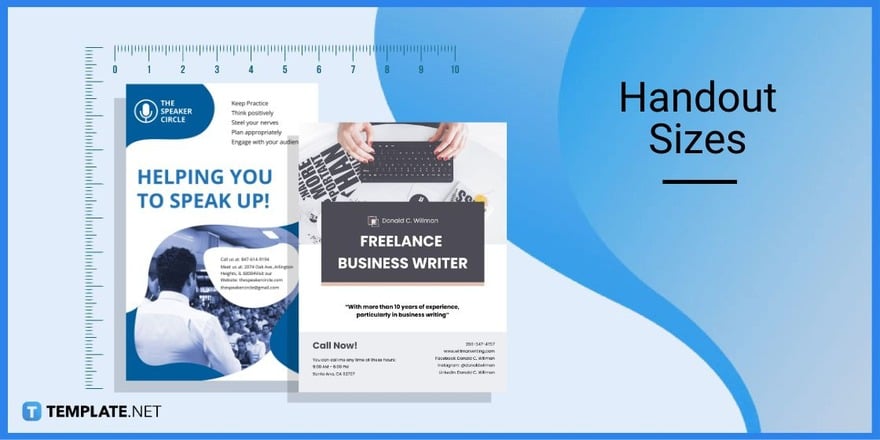
Choosing the right handout size is essential for effective communication, whether you’re printing for classrooms, meetings, or sharing content online. From standard US Letter to international A4, each format serves a unique purpose in terms of layout, readability, and impact. Digital platforms like Instagram, Facebook, and LinkedIn also require optimized pixel dimensions for best performance. Understanding handout dimensions ensures your message looks professional, prints correctly, and captures audience attention. In this guide, we’ll explore various handout sizes—both print and digital—to help you design smarter and share better. Perfect for marketers, educators, and designers seeking clarity and conversion.

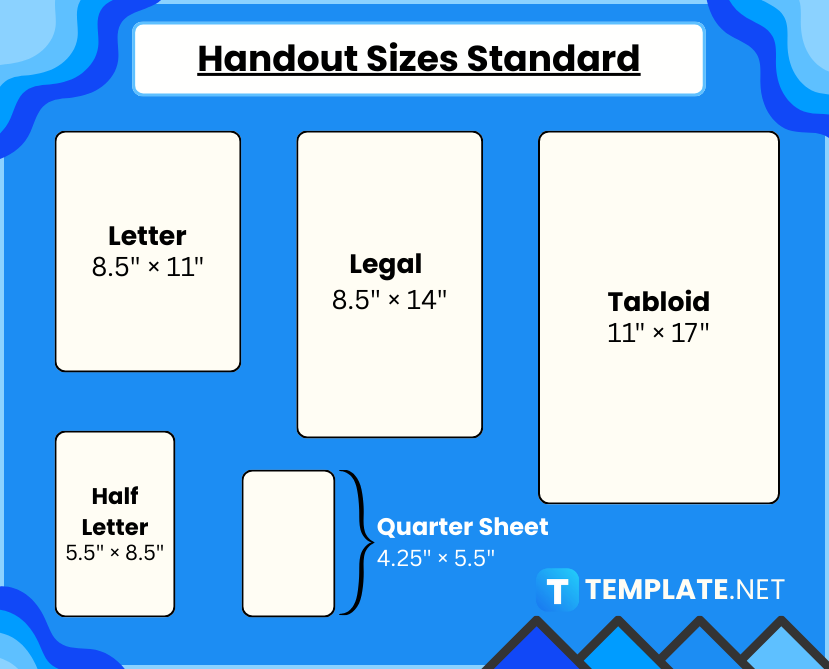
| Name | Size (inches) | Use Case |
|---|---|---|
| Letter | 8.5″ × 11″ | Most common; school handouts, meeting notes |
| Half Letter | 5.5″ × 8.5″ | Booklets, event inserts, personal notes |
| Legal | 8.5″ × 14″ | Legal briefs, real estate, formal documents |
| Tabloid | 11″ × 17″ | Brochures, large diagrams, event posters (folded) |
| Quarter Sheet | 4.25″ × 5.5″ | Flyers, pocket handouts, ticket-style info |
In the United States, Canada, Chile, Colombia, Costa Rica, Mexico, Panama, the Dominican Republic, and the Philippines, letter-size or ANSI-standard paper is frequently used for home or business printing. It has a standard dimension of 8.5 by 11 inches (215.9 by 279.4 mm, or 21.59 by 27.94 cm).
Handouts, letters, and forms commonly use the legal paper size, which is mostly used in the USA and Canada. This sheet measures approximately 8.5 inches wide and 14 inches high (215.9 mm by 355.6 mm, or 21.59 cm by 35.56 cm).
The tabloid size, which is part of North America’s loose paper sizes, is another option to use for marketing your handouts. Its dimensions are 279.4 x 431.8 mm, or 27.94 x 43.18 cm, or 11 x 17 inches, and it is frequently used to produce tabloids or smaller-sized newspapers.
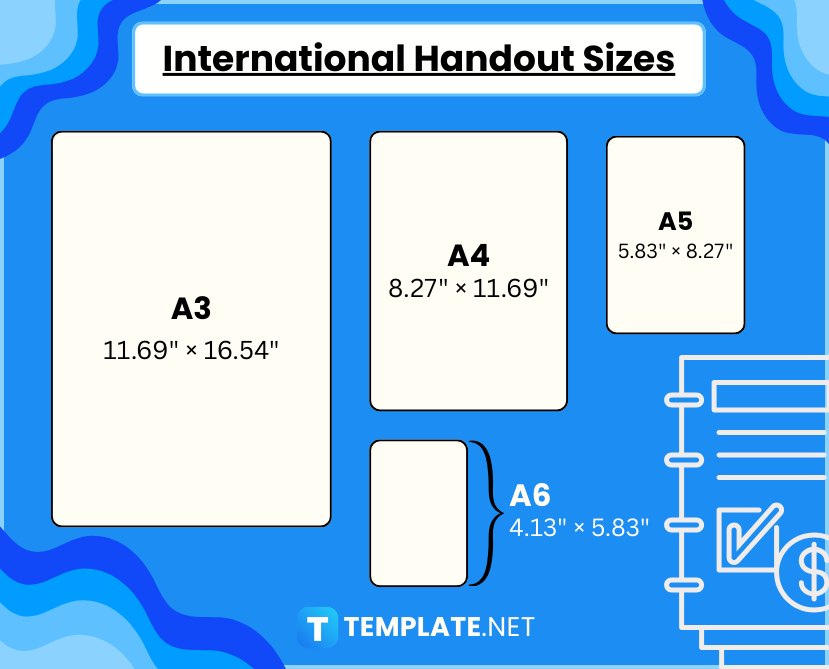
| ISO Size | Size (mm) | Inches (approx) | Use Case |
|---|---|---|---|
| A4 | 210 × 297 mm | 8.27″ × 11.69″ | Global standard for handouts & docs |
| A5 | 148 × 210 mm | 5.83″ × 8.27″ | Compact booklets, pamphlets |
| A6 | 105 × 148 mm | 4.13″ × 5.83″ | Postcard-style or folded inserts |
| A3 | 297 × 420 mm | 11.69″ × 16.54″ | Folded brochures, poster-size handouts |
The measurements of A3 paper are 297 millimeters x 420 millimeters, which is 29.7 centimeters x 42 centimeters, or 11.7 in x 16.5 in. Its printing surface is large enough to include images, clipart, illustrations, vectors, and other necessary graphics.
Writing sheets, stationery, cards, and documents are frequently printed on paper that is A4 size. A4 pages measure 8.3 x 11.7 inches (210 x 297 millimeters, or 21 x 29.7 centimeters).
An A5 size measures 5.8 x 8.3 inches (148 x 210 millimeters, or 14.8 x 21 centimeters). An A5 sheet of paper fits a C4 envelope when not folded, but when you fold it, it will fit a C6 envelope.
A6 is the typical paper size for handouts and is frequently used for postcards. The dimensions of typical A6 paper are 10.5 x 14.8 cm, or 105 x 149 mm, or 4.1 inches in width by 5.8 inches in height.
DL size measures 8.7 x 4.3 inches (110 x 220 mm, or 11 x 22 cm), precisely one-third of A4. It is the typical size for handouts, brochures, flyers, and other promotional materials, including invitations, cards, and envelopes.
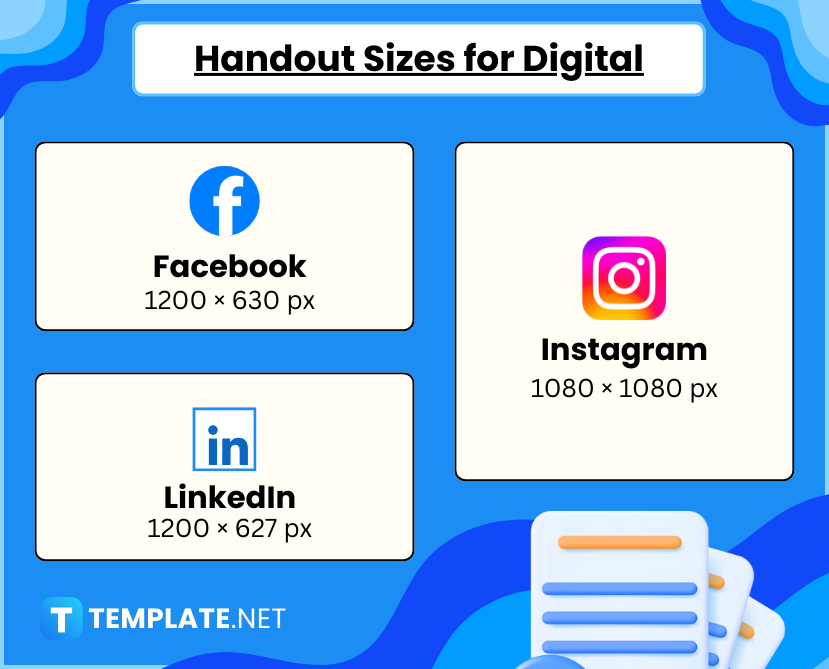
| Platform | Recommended Size (px) | Use Case |
|---|---|---|
| 1200 × 630 px | Best for digital handouts with wide reach and sharing | |
| 1080 × 1080 px | Ideal for square handouts and carousel-style posts | |
| 1200 × 627 px | Professional handouts, job posts, and business content |
Since so many people are online every day, Facebook is a wonderful application to upload digital handouts. 1200 x 630 pixels is the ideal handout upload size.
Instagram is another great space to share information through handouts. Images should have a resolution of 1080 by 1080 pixels.
The perfect place for job postings and business handouts is on LinkedIn. Images for handouts should be uploaded at a resolution of 1200 x 627 pixels.
There are around eight standard sizes that are typically employed when it comes to handout sizes for print. These include 8.5 x 11 inches, 8.5 x 14 inches, 11 x 17 inches, 11.7 x 16.5 inches, 8.3 x 11.7 inches, 5.8 x 8.3 inches, 4.1 x 5.8 inches, and 8.7 x 4.3 inches. The sizes also differ significantly when you plan to upload it online, which are 1200 x 630, 1080 x 1080, and 1200 x 627 pixels.
Handouts for business should have a formal or professional size that follows the standard document sizes. This includes the US letter size, which measures 8.5 in. by 11 in.; the legal size, which measures 8.5 in. by 14 in.; and the A4 size, which measures 8.3 in. by 11.7 in. These sizes are ideal for including all the essential components needed to promote your products and services.
When you need to customize your handouts, Adobe Photoshop will be a great help. It is able to accommodate all the standard sizes of handouts. However, sticking with 8.5 x 11 inches is much simpler.
When making handouts, Adobe Illustrator is a wonderful substitute for Adobe Photoshop. Use handout templates that you can find online to generate handouts more quickly. The ideal size to use in the application is roughly 8.5 x 11 inches.
The common sizes for a handout are 8.5 x 11 inches (letter), 8.5 x 14 inches (legal), 11 x 17 inches (tabloid), 11.7 x 16.5 inches (A3), 8.3 x 11.7 inches (A4), 5.8 x 8.3 inches (A5), 4.1 x 5.8 inches (A6), and 8.7 x 4.3 inches (DL).
A handout should only have one to two slides, but if really needed, you can use up to three slides.
Yes, it is ideal to have only one page for your handouts, but two pages should be the maximum.
A handout is a sheet of paper that contains an overview or summary of the content or subjects that will be covered in an event, lecture, conference, meeting, or seminar.
The handout format is a unique version of the presentation that may be printed and given to the audience.
There is no definite timeframe for using a handout, and you can keep it as long as you want since it serves as a guide or note and is still useful, especially when used in a presentation.
A handout print, as the name implies, is a printing format created to provide audiences with a version of the slides that is less substantial than a complete copy and provides space for notes.
The size of an A6 handout is 10.5 x 14.8 cm, or 105 x 149 mm, or 4.1 x 5.8 in.
Handouts are crucial because they prevent information overload, keep presentations on course, remind audiences of the message, enable follow-up, and maintain audience attention, which leads your audience to take your main points with them and review them at a later time if they like.
The key to a good handout is simplicity, where you should concentrate on the important ideas and terms of your presentation, summarize each point succinctly, omit superfluous information, utilize drawings or visuals as needed, and, if possible, give space for notes; another positive quality is the ability to comprehend what is stated on a handout, and the font size should be large enough to be easily read while still being small enough to fit all the information on the handout.
![How To Make/Create an Invitation in Google Docs [Templates + Examples]](https://images.template.net/wp-content/uploads/2023/07/How-To-Make_Create-an-Invitation-in-Google-Docs-Templates-Examples-788x443.png)
To formally invite someone or a group of people to an event or activity, you will need to send out…
![How To Create an ID Card in Google Docs [Template + Example]](https://images.template.net/wp-content/uploads/2023/07/How-To-Create-an-ID-Card-in-Google-Docs-Template-Example-788x443.png)
ID cards are used as a way to represent an individual to the company or organization they work or volunteer…
![How to Make an ID Card in Microsoft Word [Template + Example]](https://images.template.net/wp-content/uploads/2023/07/How-to-Make-an-ID-Card-in-Microsoft-Word-Template-Example-788x443.png)
ID cards are an essential part of any employee working for a company or an organization to be recognized as…
![How To Make/Create a Book Cover in Google Docs [Templates + Examples]](https://images.template.net/wp-content/uploads/2023/07/How-To-Create-a-Book-Cover-in-Google-Docs-788x443.png)
Aside from protecting a book, book covers are specifically designed to attract readers and convey the essence of the book.…
![How To Make/Create a Book Cover in Microsoft Word [Templates + Examples]](https://images.template.net/wp-content/uploads/2023/07/How-To-Create-a-Book-Cover-in-Microsoft-Word-788x443.png)
A book cover is the outer layer of a book that is used to protect its contents. Book covers are…

Job vacancy is a common scenario in companies and organizations. Employees leave for all kinds of reasons and when they…
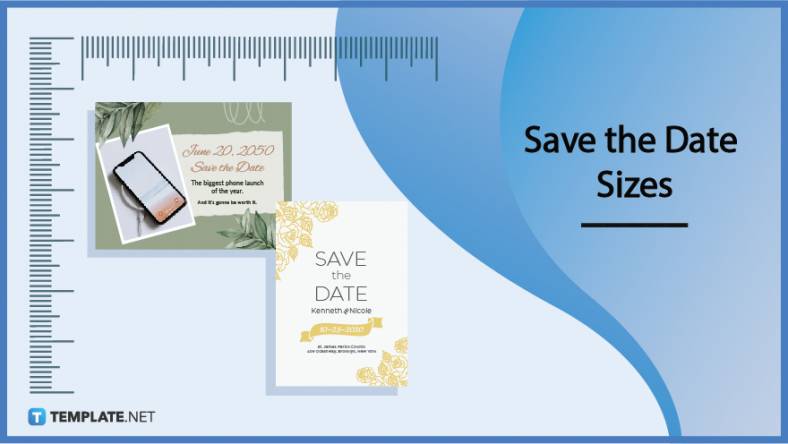
Save the date sizes are usually the same size as a formal invitation. But there are a number of different…
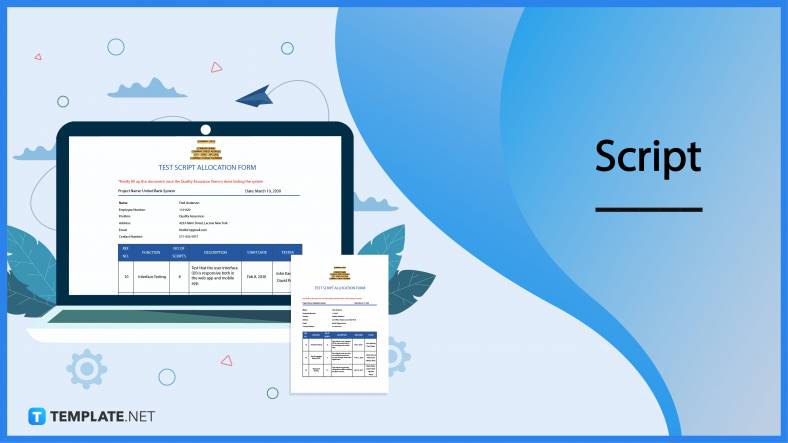
Script is a popular word that is frequently used in the entertainment world. There are a variety of areas and usages…
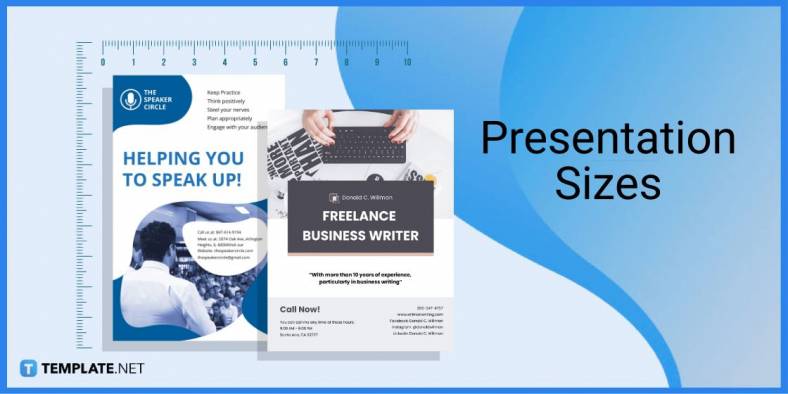
Presentations may not look as pleasant as how you design them with pictures, animations, videos, and other graphic designs without…